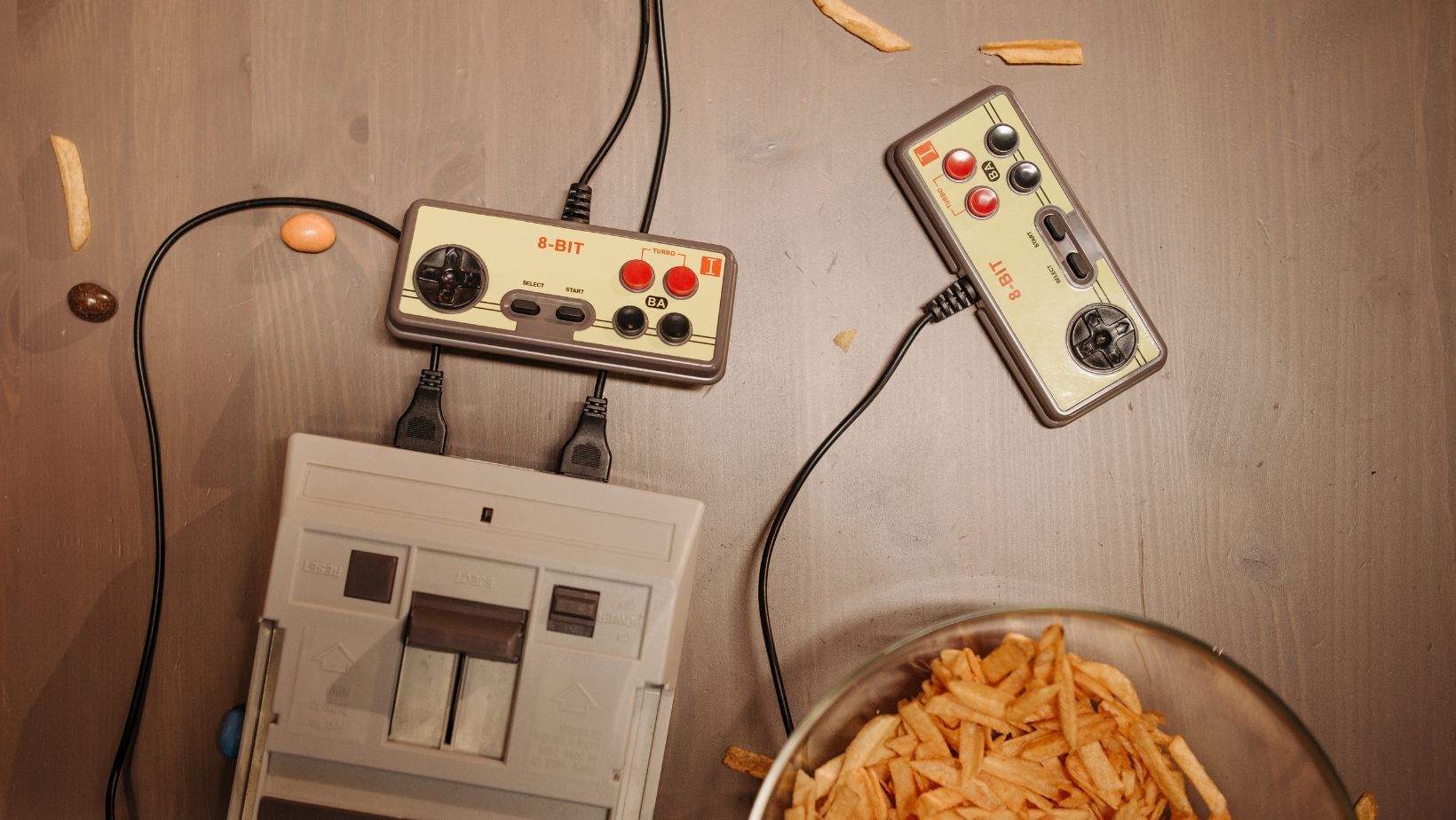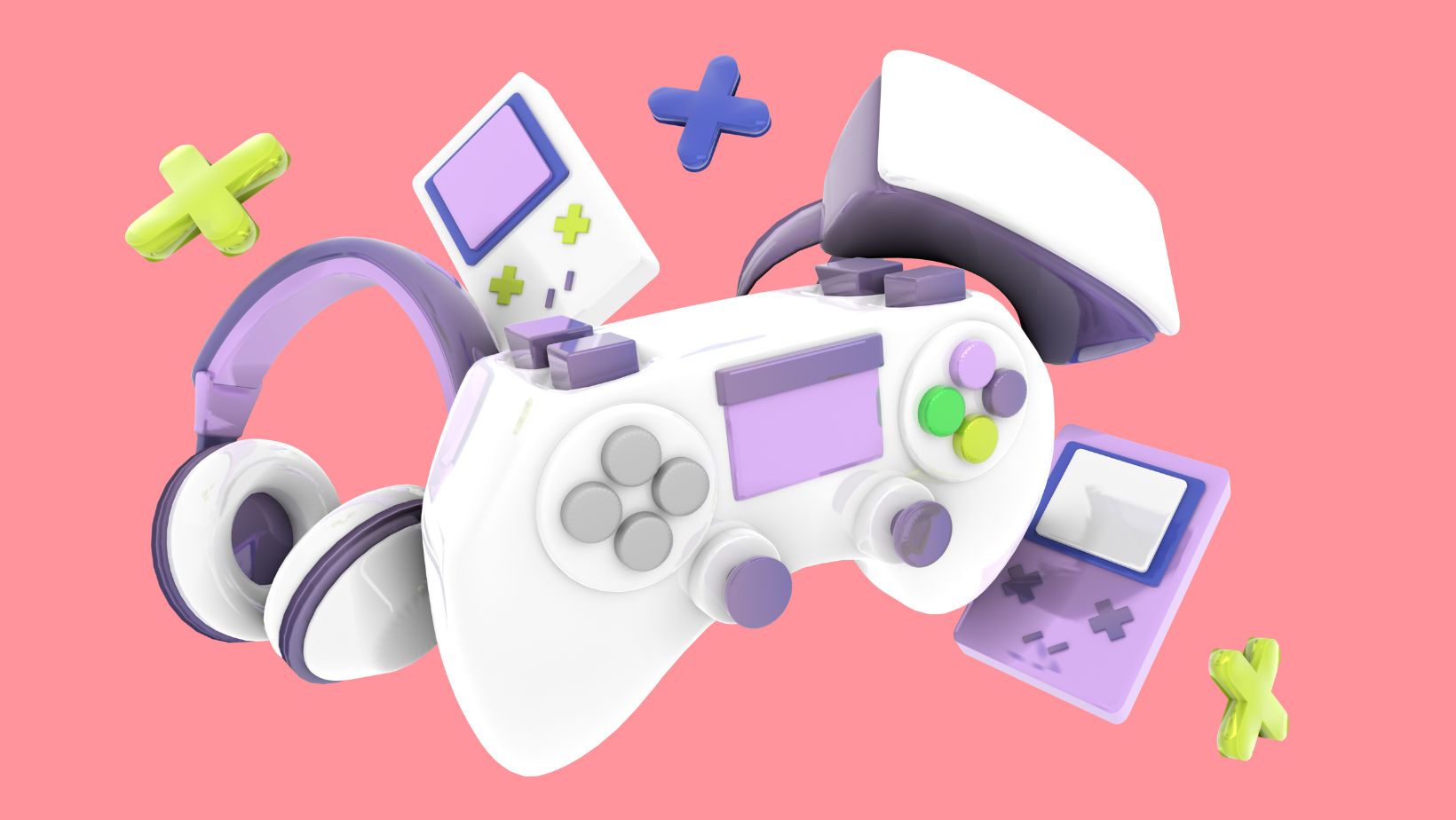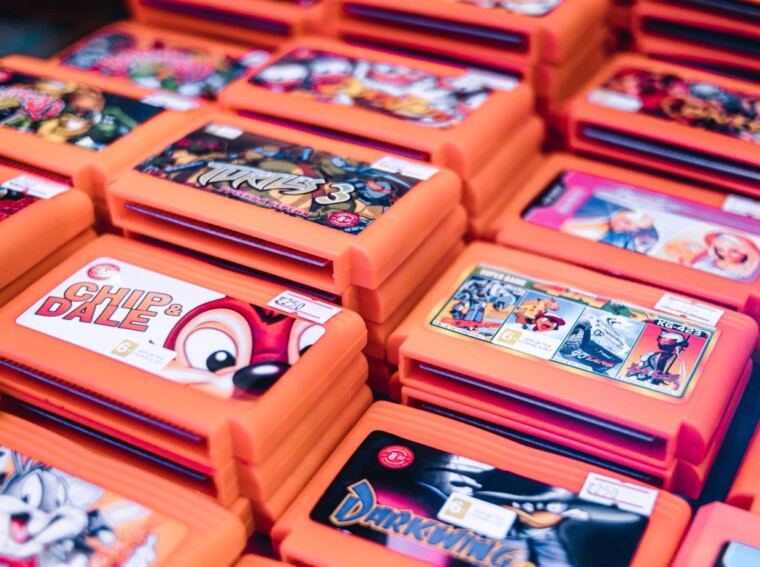A Blast from the Past
In the world of video games, few have been as visually striking as Cuphead. Released in 2017, it not only captured players with its challenging gameplay; it also took them on a nostalgic journey back to the 1930s. All thanks to its unique animation style.
But what makes its art so special, and how did the developers bring this old-school genre back into the modern gaming world? Let’s find out after using our Bizzo Casino login to practice our gaming skills first! Once you’ve warmed up, read about how this special title changed the stakes forever.
What Makes It Unique?
To understand its visual appeal, we first need to look at what made the cartoons of the 1930s distinct. This era, often referred to as the Golden Age of American animation, introduced characters like Mickey Mouse and Betty Boop.
Everything was hand-drawn and painted, frame by frame. It created a fluid and lively motion that was both charming and expressive. They had exaggerated movements, stretchy limbs, and vibrant, often surreal, backgrounds.
Homage to the Golden Age
The developers of Studio MDHR immersed themselves in the period. Every character and piece of background was hand-drawn and inked, like the cartoons of the time.
They even used the same techniques, such as watercolor backgrounds and celluloid (cel) animation, to stay authentic. This painstaking process resulted in over 120,000 frames of visuals, a remarkable feat in today’s digital age.
The Challenges of Re-Adapting
Bringing all this into the 21st century was no small task. The biggest challenge was the sheer amount of labor required. Traditional techniques are very time-consuming, and their production takes several years. This is much longer than many modern titles.

They had to balance the old-school aesthetic with the needs of a fast-paced, action-packed platformer. This meant ensuring that everything was functional and readable in the context of the intense battles.
Music, Sound & Art Style
The visuals are one part of the homage. Its soundtrack, composed by Kristofer Maddigan, is a lively mix of jazz, big band, and ragtime tunes. It’s a perfect accompaniment that complements the look and feel of the game.
Cuphead’s unique art style has had a significant impact on both players and the industry. It has also inspired other creators to explore these methods.
Behind the Scenes: The Process
Delving deeper into the creation process, the team at Studio MDHR went to great lengths to replicate the tools of the time. This included using traditional desks and even adopting the same kind of pencil sketches that were a staple of the era.

The ink lines on their illustrations were made uneven and variable in width, a characteristic feature of hand-drawn cartoons. This attention to detail extended to the color palette as well.
The team chose subdued, period-appropriate colors to enhance the authentic feel. The result is something that tricks you into thinking that it was made back in the day.
The Cultural Impact and Reception
Cuphead’s release was met with critical acclaim for its artistic innovation. Its success has led to a resurgence in a range of media, from other games to television shows. Hollow Knight and Bendy and the Ink Machine are other beloved titles in the genre of turning vintage into modern.
A Timeless Tribute
By blending old-school and contemporary visuals, Studio MDHR created a piece of interactive art that acts as a staple to the enduring appeal of classic animation. It’s a loving tribute to a bygone era and a reminder of the timeless nature of great work.


